Common Orthodontic Problems
A naturally aligned smile is rare—orthodontic issues are more common than you might think. Problems such as a misaligned bite (malocclusion) can impact chewing, speaking, oral hygiene, and self-esteem. These concerns may arise from genetics, thumb sucking, dental issues, injuries, poor oral care, or certain medical conditions.
Many people don’t realize that orthodontic treatment can not only improve the appearance of their smile but also restore its functionality. With the right care, these issues can be resolved, contributing to long-term oral health and greater confidence.
At Katy Park Orthodontics, our orthodontist specializes in diagnosing and addressing various orthodontic concerns to improve both the look and performance of your smile. Below are some of the most common orthodontic problems and the treatments available to correct them.
Below are some examples of the most common orthodontic problems.
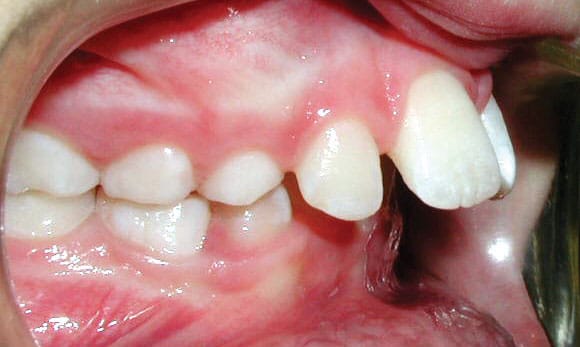
Upper Front Teeth Protrusion
This type of bite issue affects both the appearance and function of your smile. It occurs when the upper teeth extend too far forward or when the lower teeth fail to extend sufficiently forward. This misalignment can cause difficulties with chewing, speaking, and even with proper oral hygiene. In some cases, it may also lead to self-esteem concerns due to its noticeable appearance.

Overbite
An overbite occurs when the upper front teeth extend too far over the lower front teeth. This misalignment can sometimes result in the lower front teeth biting into the roof of the mouth. Not only does this condition affect the bite, but it can also lead to discomfort and uneven wear on the teeth. Long-term, it may contribute to issues like jaw pain or headaches if left untreated.
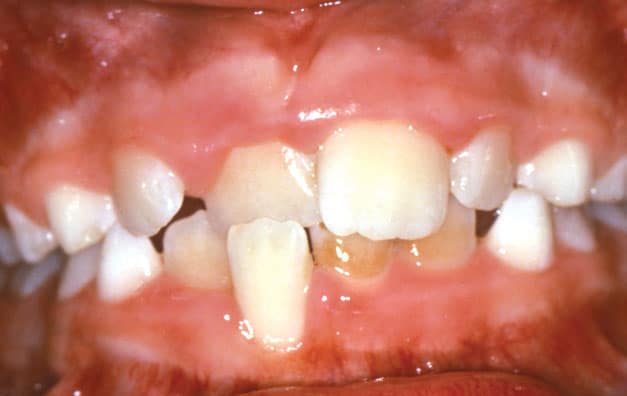
Crossbite
A crossbite happens when the upper teeth sit inside the lower teeth, which can disrupt the alignment of the jaw and teeth. This condition can cause misaligned jaw growth and contribute to other dental issues like tooth wear, gum recession, and even jaw pain. Crossbites often need to be addressed early to avoid long-term complications and achieve optimal jaw alignment.
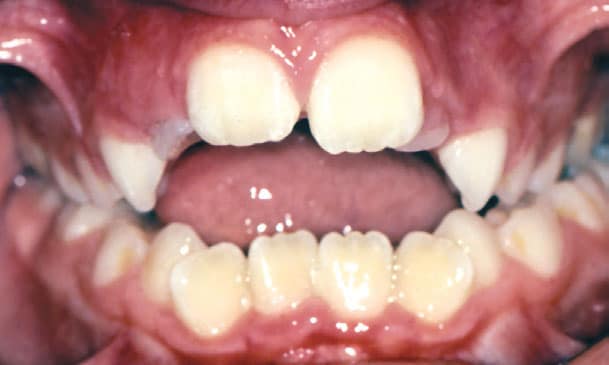
Open bite
An open bite occurs when the upper and lower front teeth do not overlap properly, affecting the ability to chew efficiently. This condition may also lead to undesirable habits, such as tongue thrusting, and can impact speech. If left untreated, open bites can cause additional oral health concerns, including difficulty with proper digestion and discomfort during eating.
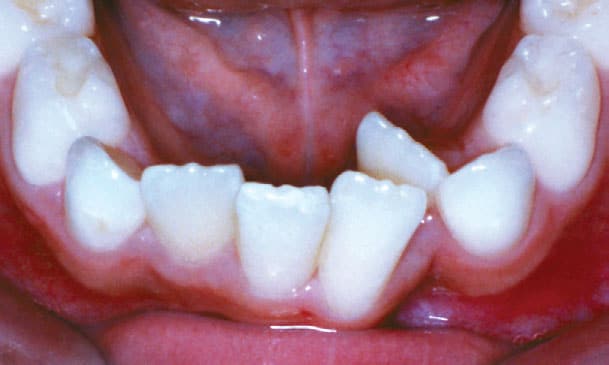
Crowding
Crowding occurs when there is not enough space for teeth to erupt properly from the gum line. This condition often results in overlapping or misaligned teeth that can be difficult to clean and maintain. Treatment options such as expansion or teeth extraction can help resolve this issue, offering patients a more functional and aesthetically pleasing smile.
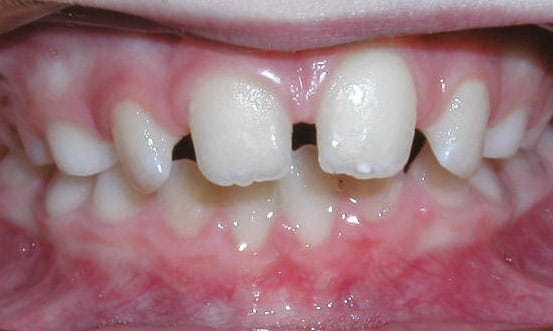
Spacing
Spacing issues can occur due to missing teeth or as a natural result of irregular tooth development. While some spacing concerns are mainly aesthetic, they can also lead to oral health problems if they create gaps that trap food or affect bite alignment. Fortunately, these spacing problems can be corrected to improve both appearance and functionality.
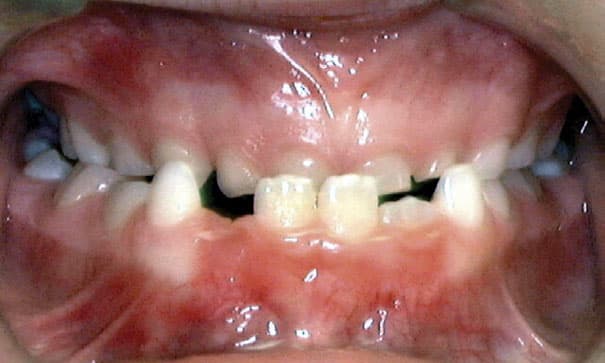
Underbite
In an underbite, the lower jaw extends outward, causing the lower front teeth to sit in front of the upper teeth. This misalignment can lead to problems with chewing, speaking, and overall mouth function. If not addressed, an underbite can cause further complications with the jaw and teeth alignment, potentially leading to issues such as tooth wear or jaw pain.